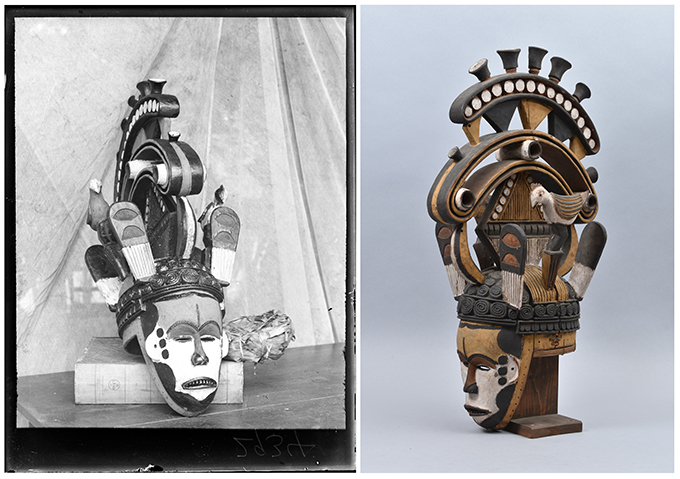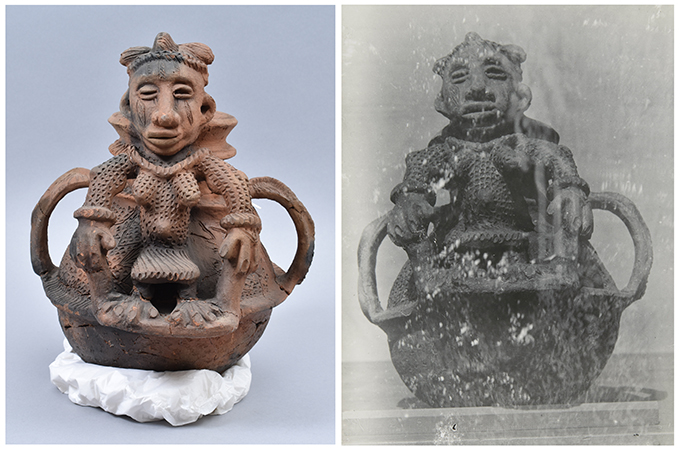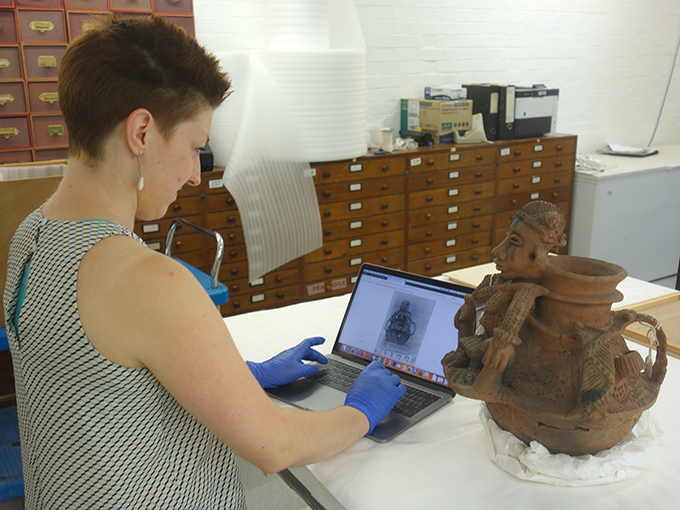
In an essay, ‘The buzz of displacement’, in the book The Inbetweenness of Things (Bloomsbury, 2017), Sandra Dudley draws upon the concept of an object-oriented ontology and conducts a thought-experiment to imagine how museum objects themselves might experience senses of displacement and liminality. Dudley considers the perspective of a carved wooden bee that once adorned the throne of King Thibaw in the Mandalay Palace in Burma, which has been caught in the liminal space of the Pitt Rivers Museum collection in Oxford since 1889. For the bee, the museum may be regarded as a liminal space where it is isolated from the contexts which originally animated it; the object yearns for reincorporation into that lost social and material world from which it is exiled. On the other hand, however, the museum is a space in which possibilities for incorporation into new social worlds abound as the bee forms relationships with other people and things. Dudley mentions, for example, the intimate relationship formed between the bee and a contemporary wood carver who was inspired by the bee to create a replica.
Ethnographic museum objects may be said to be displaced both spatially and temporally. As we have been rediscovering the collections of artefacts that Northcote Thomas assembled during his anthropological surveys in Nigeria and Sierra Leone, we have also been experiencing this sense of the objects’ dislocation, but also the possibilities for reconnection in the present. The idea of reconnection and re-entanglement with the ethnographic archive is, of course, at the heart of the [Re:]Entanglements project. However, we have been struck especially by the temporal reconnections brought about in our approach to collections-based research in the museum store too – especially through our use of Thomas’s original field photographs.

Thomas did not systematically photograph all the objects he collected prior to dispatching them to what was then the University of Cambridge Museum of Archaeology and Ethnology. In fact, only a small percentage of the collection was photographed either in the field or at the Museum at the time. Those photographs of ‘specimens of native manufacture’ that Thomas did take in West Africa are therefore especially valuable, and have been one of the starting points for us as we have been exploring the collections in stores. In most cases, it is only through painstaking archival research and detective work that we have been able to locate these objects today. But how thrilling when one is able to identify such objects and reunite them with their historical photographic portraits!

